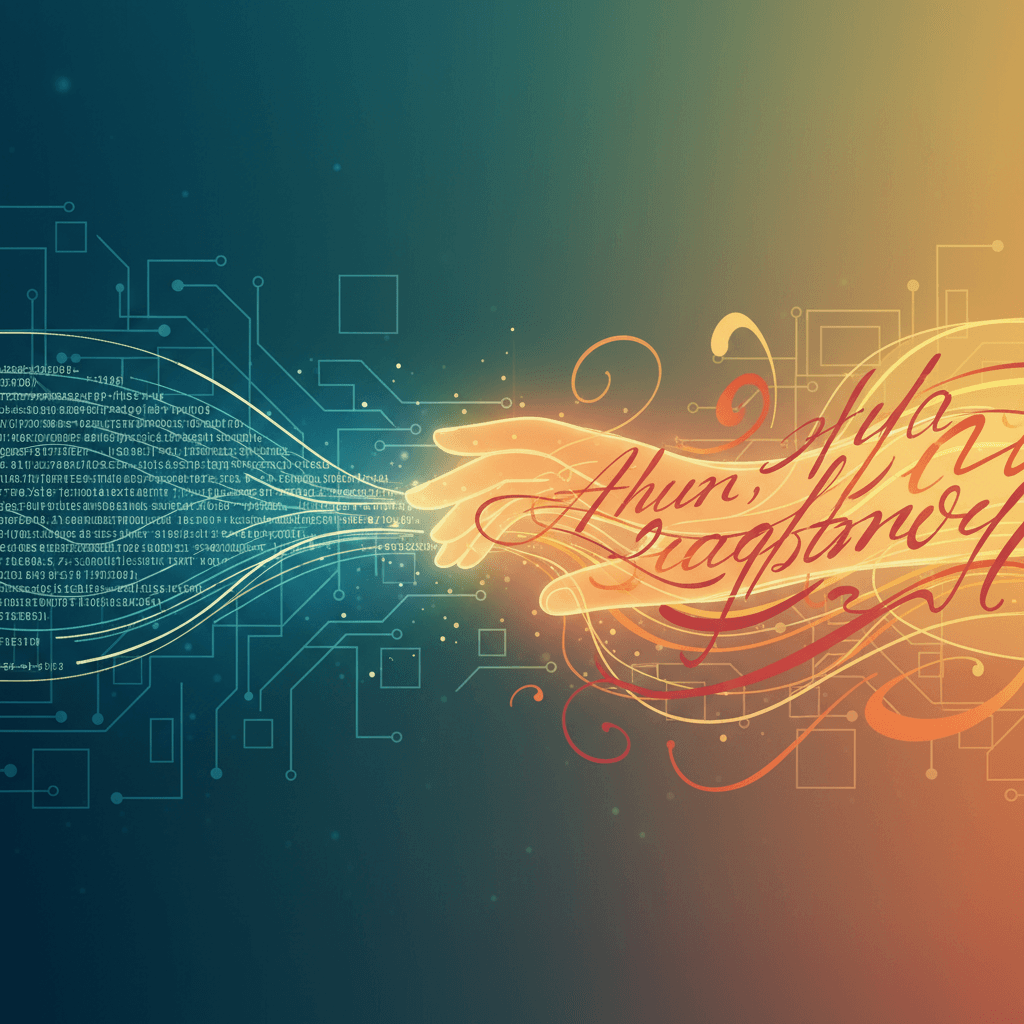AI 'Humanisers' Emerge: Can Algorithms Replicate the Human Touch?
Can AI ‘humanisers’ truly warm up robotic text, or is the nuanced craft of human editors still essential for authentic content?
October 23, 2025

The emergence of artificial intelligence has fundamentally altered the field of content creation. Tools capable of generating coherent, often impressive, text are now ubiquitous. Yet, despite their sophistication, AI-generated content presents a persistent challenge because it often has a “robotic” quality, lacking the warmth, nuance, and genuine voice that connects with a human audience. To bridge this gap, a new class of tool has entered the market: the AI ‘humaniser’. These platforms aim to transform machine-generated text into content that reads as if a person wrote it, raising critical questions about their effectiveness when compared to the traditional craft of human editing.
AI humanisers function by applying sophisticated algorithms, often leveraging the same natural language processing (NLP) models used to generate the initial text.[1][2] They analyze sentence structure, word choice, and tone, rewriting the content to sound more natural.[1] The core goal is to eliminate the tell-tale signs of AI, such as repetitive phrasing, a formulaic tone, and predictable sentence patterns.[3] This is achieved by introducing variety in sentence length and structure, replacing common AI vocabulary with more nuanced alternatives, and adjusting the text to better match a specified tone, like friendly or formal.[1][2] Many of these tools work by increasing the text's "perplexity," making it less predictable to AI detection algorithms.[2] The primary motivations for using these tools are speed and cost-effectiveness.[3][4] They allow content creators to produce material at a large scale and refine it quickly without the expense of hiring human editors, aiming to make the content more engaging and improve its potential ranking on search engines that may favor human-centric writing.[3][4]
Despite their advanced capabilities, AI humanisers have significant limitations. While they can effectively mimic human writing patterns on a surface level, they struggle with deeper contextual understanding.[5][6] AI lacks genuine emotional intelligence, creativity, and the ability to grasp subtle cultural nuances, which can result in content that, while grammatically correct, feels hollow or inappropriate for the target audience.[7][8] These tools essentially repurpose and repackage existing information without adding new insights or performing critical fact-checking, which can lead to the perpetuation of inaccuracies or "AI hallucinations."[1][9][4] Furthermore, different humanising tools can provide inconsistent recommendations, and over-reliance on them can stifle the development of a unique brand voice or individual writing style.[7] Even the most sophisticated AI cannot replicate the critical thinking and subjective judgment that are hallmarks of a skilled human editor.[5]
The enduring value of human editing lies in its capacity for deep, cognitive engagement with the text. Human editors act as guardians of accuracy, credibility, and ethical standards, meticulously fact-checking claims and cross-referencing sources in a way that AI currently cannot.[10][11] They possess the critical ability to identify and correct unintentional biases that may be present in AI-generated content, ensuring the material is fair and inclusive.[10][11] A human editor brings a wealth of experience and editorial judgment, discerning the subtleties of language and ensuring the tone, style, and narrative align with the author's intent and the audience's expectations.[12][13] This "human touch" involves injecting personality, crafting compelling narratives, and making nuanced stylistic choices that create an emotional connection with the reader—a feat that remains beyond the reach of algorithms.[10][14] Ultimately, human editors build trust with the audience by ensuring the content feels authentic, well-crafted, and credible.[11]
The future of content creation is not a battle of AI versus humans, but a synergy between the two.[15][16] AI tools, including humanisers, can serve as powerful assistants, automating repetitive and time-consuming tasks like initial drafting, grammar checks, and basic structural edits.[17][18] This significantly boosts efficiency, freeing human editors to focus on higher-level strategic and creative aspects of their work.[18][19] In this collaborative model, AI handles the mechanical polish while humans provide the crucial layers of narrative architecture, emotional resonance, and ethical oversight.[18][16] Editors can guide AI output by refining prompts and providing feedback, transforming the technology into a creative partner.[11] This hybrid approach leverages the speed and data-processing power of AI with the irreplaceable creativity, critical thinking, and nuanced understanding of human professionals, paving the way for a future of augmented, rather than fully automated, content creation.[15][20]
Sources
[1]
[3]
[8]
[10]
[11]
[12]
[13]
[16]
[17]
[18]
[20]